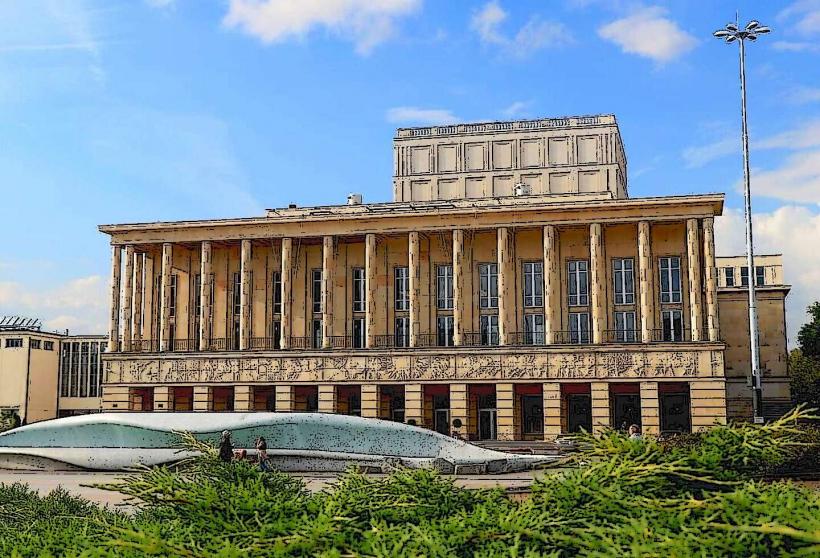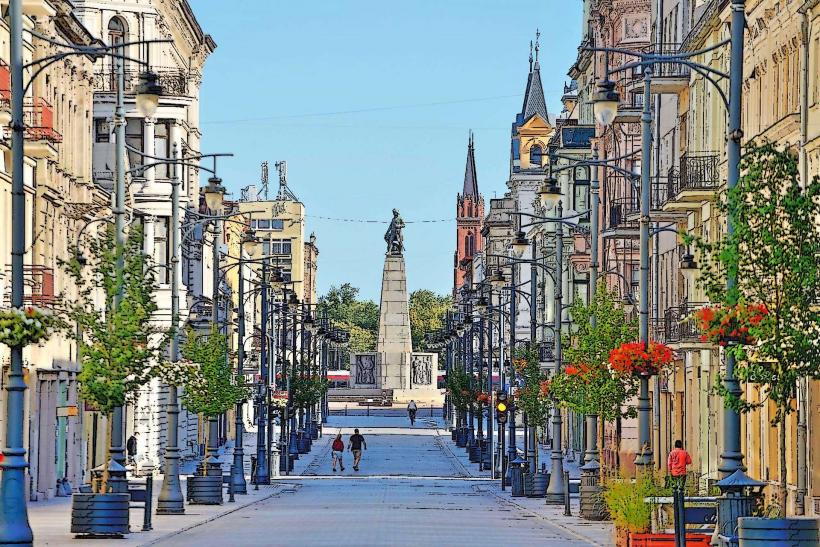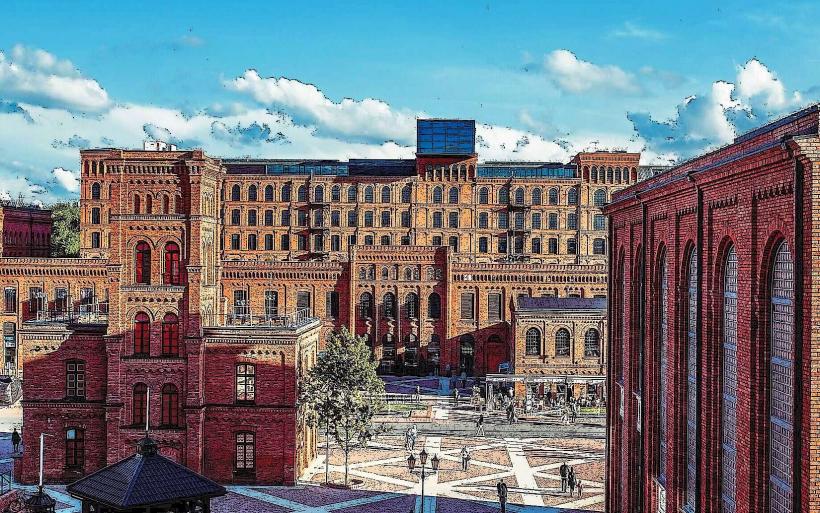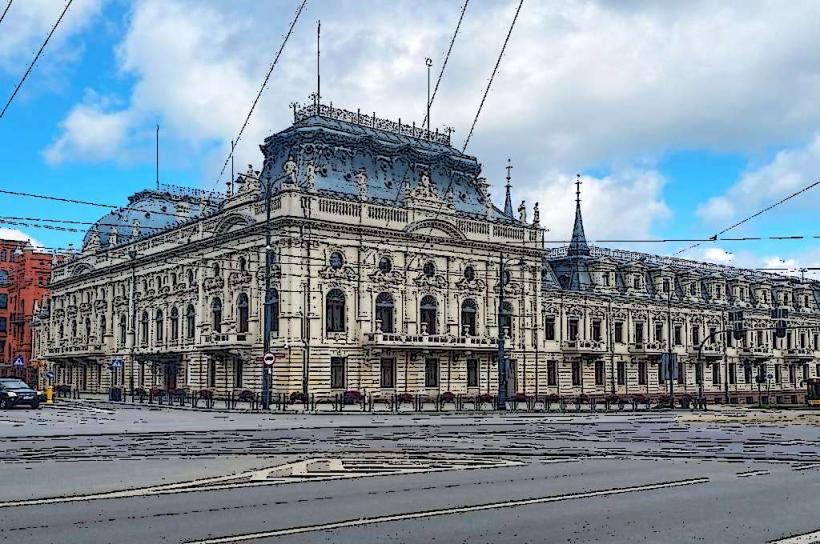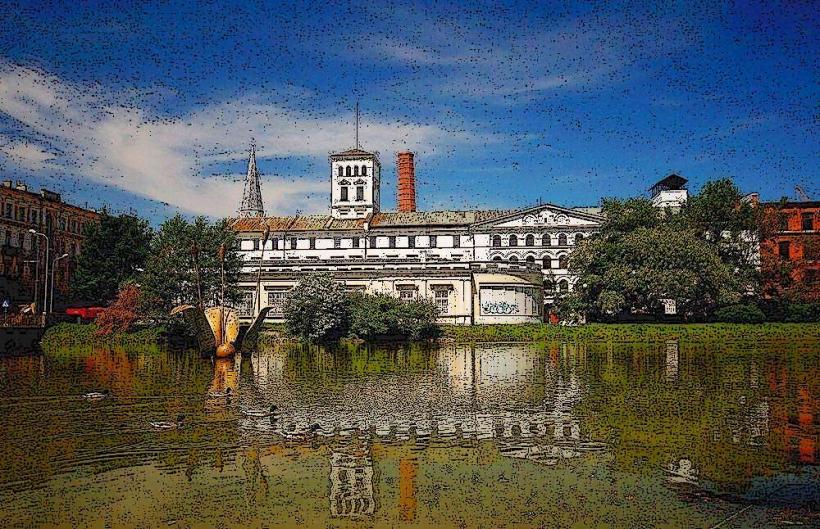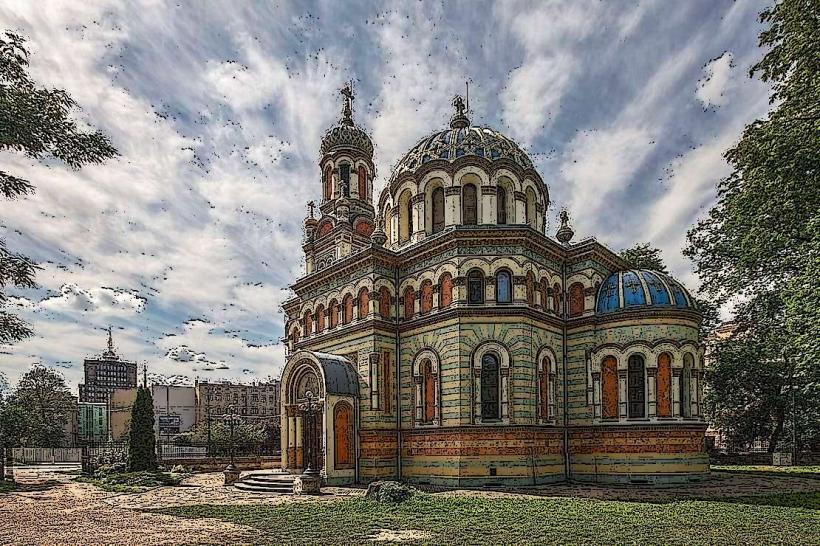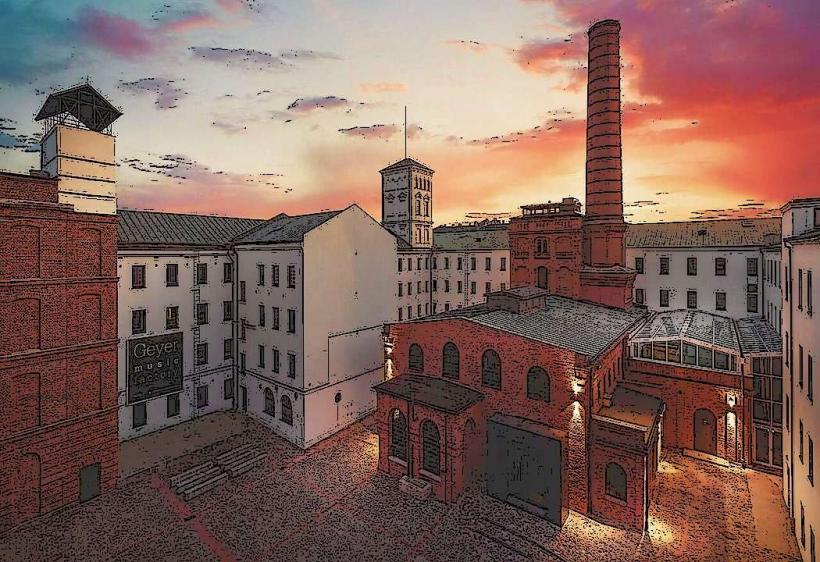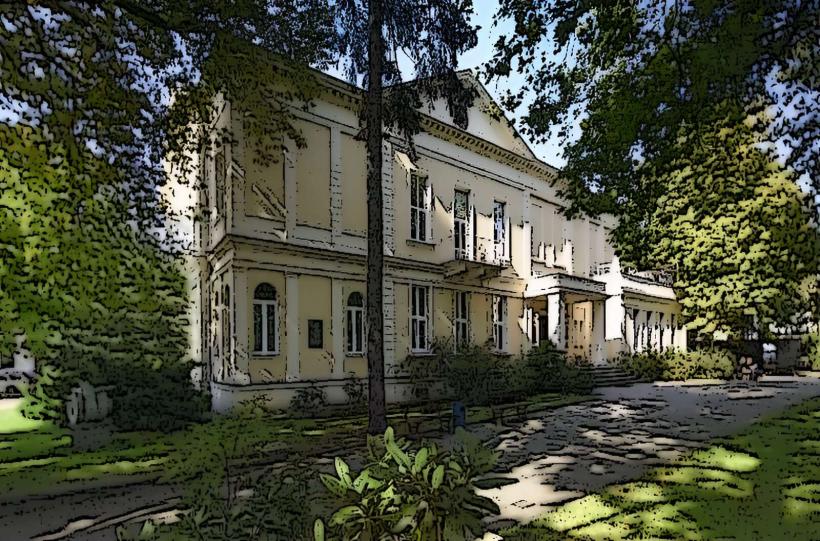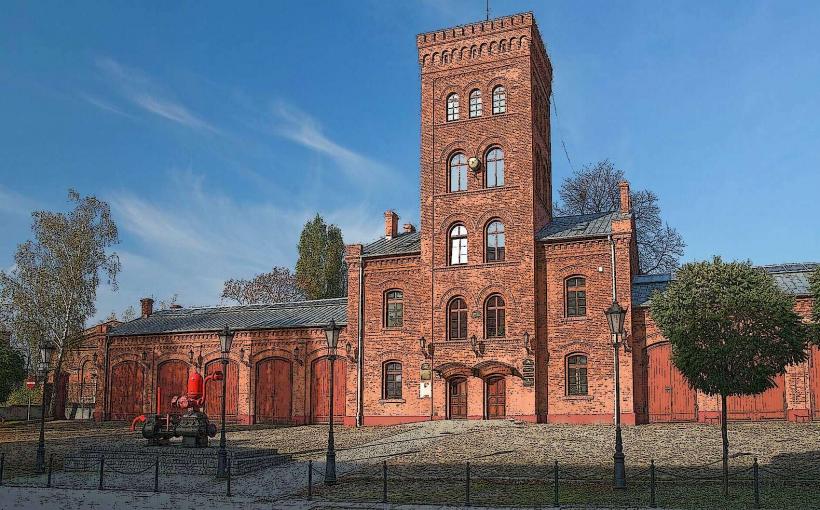Information
Landmark: Lodz GhettoCity: Lodz
Country: Poland
Continent: Europe
The Łódź Ghetto was one of the largest Jewish ghettos in Nazi-occupied Poland during World War II, and it became a central site of suffering and tragedy during the Holocaust. Located in the city of Łódź, which was a major industrial hub, the ghetto was established by the German occupiers in 1940 and remained in existence until its liquidation in 1944. It was the second-largest ghetto in Poland, after the Warsaw Ghetto.
Establishment and Early Years
The Łódź Ghetto was created in February 1940, after the German invasion of Poland and the subsequent occupation of the city. Unlike other ghettos, the Łódź Ghetto was not intended for immediate extermination but rather for forced labor. The Nazis sought to exploit the Jewish population for labor in the city’s factories, many of which were linked to the German war economy.
The ghetto was initially established in a part of the city known as the Bałuty district, which had a significant Jewish population even before the war. Over time, over 160,000 Jews were deported to Łódź from across Poland and Europe, including Germany, Czechoslovakia, and Austria. They were forced to live in overcrowded and unsanitary conditions.
The ghetto was surrounded by a high wall, and severe restrictions were imposed on the inhabitants, including curfews, limited movement, and forced labor. Those who could not work were at risk of deportation to extermination camps.
Forced Labor and Industry
The ghetto’s industrialization was a key aspect of its existence. Nazi authorities utilized the Jews for forced labor in the city’s many textile factories, including some owned by prominent industrialists such as Izrael Poznański. These factories produced goods for the German war effort, including textiles, uniforms, and other military supplies.
The ghetto was run with a focus on maximizing the output of these factories, often under brutal conditions. Children, the elderly, and the sick were forced to work, and the conditions were inhumane. The inhabitants lived in a state of constant deprivation, with limited access to food, healthcare, and basic necessities. The overcrowded conditions led to rampant disease, including typhus.
The Leadership of Chaim Rumkowski
The ghetto was initially governed by a Jewish Council (Judenrat), which was set up by the Nazis to administer the ghetto and enforce their policies. The head of this council was Chaim Rumkowski, a controversial figure who became known for his efforts to appease the Nazi authorities and to maintain a degree of order within the ghetto.
Rumkowski’s leadership was marked by his attempts to preserve the ghetto and his efforts to maintain its economic function. He worked closely with the Germans, hoping that if the ghetto was productive, it might be spared from deportations and extermination. However, his collaboration with the Nazis also led to decisions that are widely condemned today. For example, he was responsible for organizing deportations of certain groups, including the elderly, children, and the sick, under the belief that by doing so, he could protect the rest of the population.
Rumkowski's leadership was increasingly seen as controversial and brutal. He is often remembered for his statement, “Give me your children,” made in an attempt to convince ghetto inhabitants to give up their children for deportation to the death camps in exchange for the survival of the rest.
The Deportations and Liquidation
In 1942, the Nazis began deporting Jews from the Łódź Ghetto to Auschwitz-Birkenau and other extermination camps. Despite Rumkowski’s efforts to negotiate with the German authorities, the deportations continued and escalated in 1944. Thousands of Jews were sent to their deaths, and the ghetto population dwindled as a result of starvation, disease, and the continued deportations.
In August 1944, the Nazi authorities decided to liquidate the Łódź Ghetto entirely. The final deportations took place in August and September 1944, with the remaining population being sent to Auschwitz, Chelmno, and other death camps. By the time the ghetto was liquidated, only around 70,000 Jews from the original population had survived. Many others had died from disease, starvation, or been killed in the deportations.
After the War
After the war, Łódź was left with a deeply scarred community. Many survivors of the ghetto had lost their families and homes. The city itself had been devastated by the war, and many Jewish survivors found themselves displaced and without a clear path forward. The post-war years in Łódź saw the re-establishment of a Jewish community, though it was much smaller and had been forever altered by the horrors of the Holocaust.
The memory of the Łódź Ghetto and its tragic history is preserved through memorials, museums, and various historical sites in the city. Today, Łódź commemorates its Jewish history and the experiences of the ghetto’s inhabitants through initiatives like the Radegast Station Memorial and the Museum of the History of the City of Łódź. The Radegast Station was one of the main points of departure for deportations from the ghetto to concentration and extermination camps.
Memorials and Remembrance
There are several memorials dedicated to the victims of the Łódź Ghetto and the atrocities committed during the Nazi occupation. Some of the most prominent include:
Radegast Railway Station: This station was one of the key sites of the ghetto’s deportations. Today, it serves as a memorial to those who were sent from the ghetto to death camps. The Radegast Memorial features sculptures and exhibits commemorating the deported Jews, including a large monument with the names of places where Jews were sent to die.
Łódź Ghetto Memorial: Located at various points in the city, these memorials mark key locations in the ghetto's history, such as the former sites of the ghetto’s walls and key buildings.
The Museum of the History of the City of Łódź: The museum houses exhibits dedicated to the Jewish community and the Holocaust, including displays about the Łódź Ghetto and the impact it had on the city’s Jewish population.
Jewish Cemetery in Łódź: The cemetery is a significant site for the Jewish community, and there are efforts to preserve the history of the Jewish inhabitants of the city, many of whom perished during the Holocaust.
Conclusion
The Łódź Ghetto stands as a symbol of both the brutality of Nazi occupation and the resilience of the people who lived through its horrors. Despite the widespread suffering and death, the ghetto’s history is an essential part of Poland’s and Europe’s Holocaust heritage. The ongoing remembrance efforts in Łódź serve as a reminder of the atrocities committed and the importance of preserving the memories of the victims so that such horrors are never forgotten.

